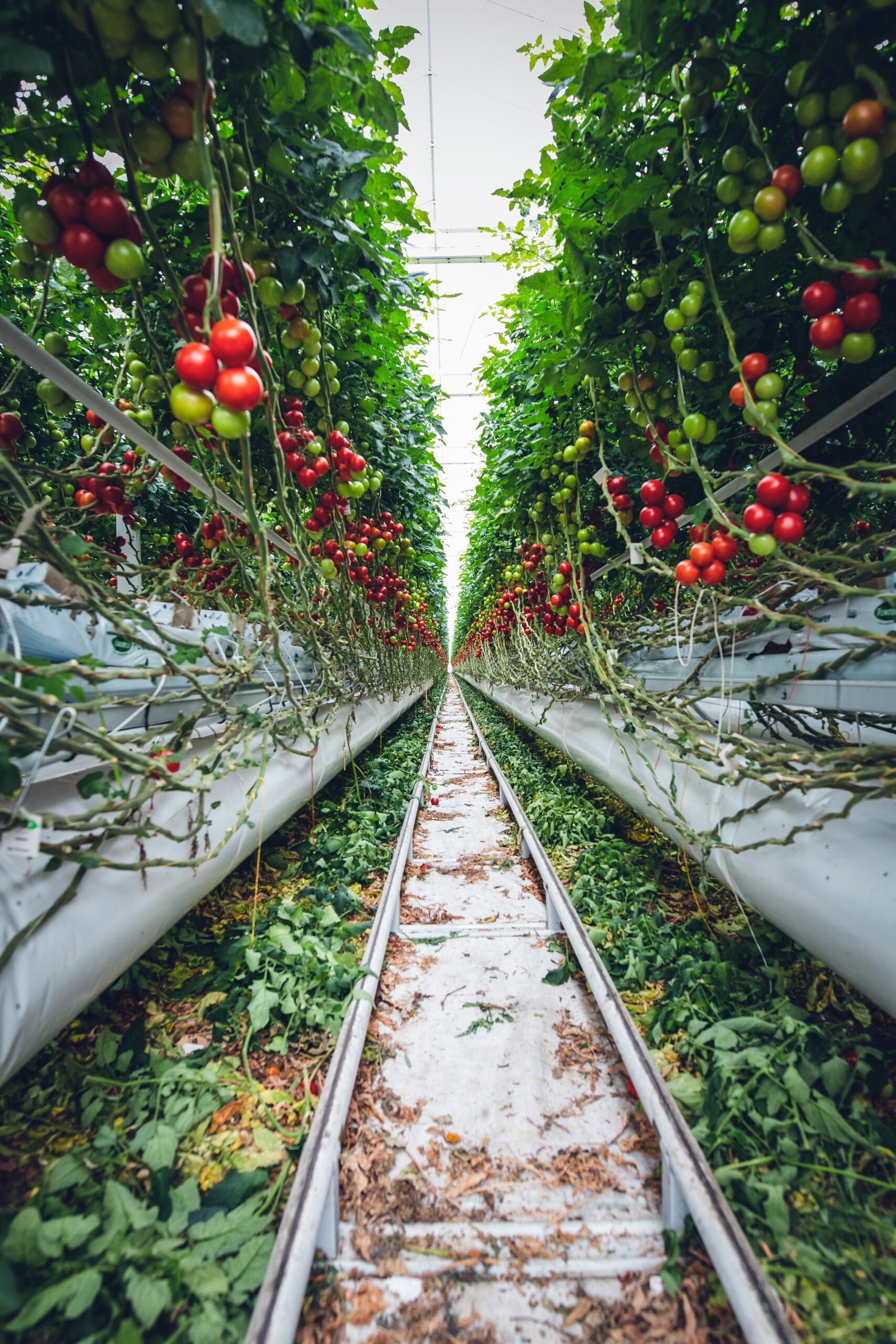Introduction to Vertical Farming
Vertical farming is an innovative approach to agriculture that transforms traditional farming practices by growing crops in vertically stacked layers. This method is gaining momentum as it maximizes space efficiency, particularly in urban areas where land is scarce. By utilizing advanced technologies, vertical farming not only enhances productivity but also promotes sustainability.
Benefits of Vertical Farming
The space-efficient nature of vertical farming allows for higher yields compared to conventional farming. By growing crops indoors, farmers can control environmental factors such as light, temperature, and humidity, leading to optimal growth conditions year-round. Additionally, with the reduction of land use, less water is required, and transportation costs diminish as food can be grown closer to consumers.
The Future of Urban Agriculture
As cities continue to expand, the importance of maximizing available space becomes crucial. Vertical farming presents an effective solution to food insecurity and environmental challenges. By incorporating this space-efficient methodology into urban planning, cities can cultivate fresh produce while minimizing their ecological footprint. In conclusion, vertical farming is not only a viable option for the future of agriculture but also a necessary step towards sustainable urban living.





